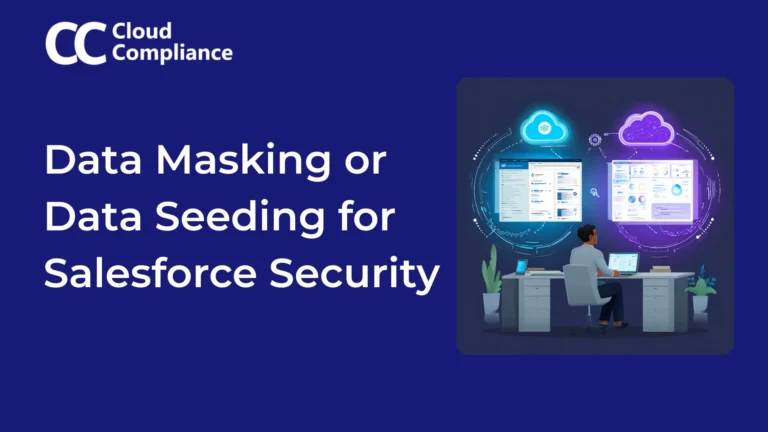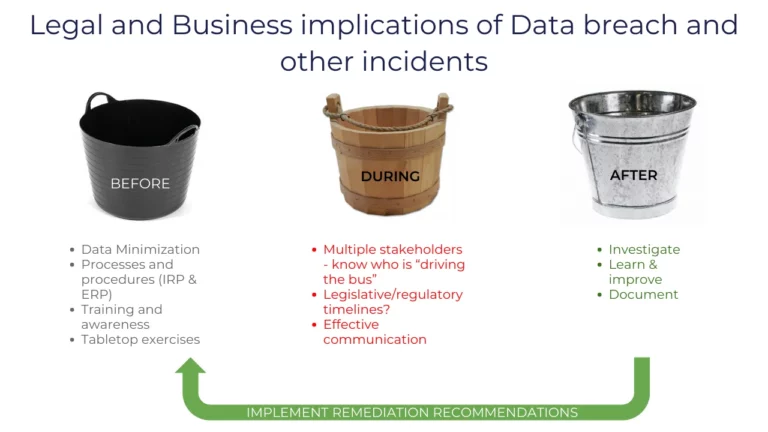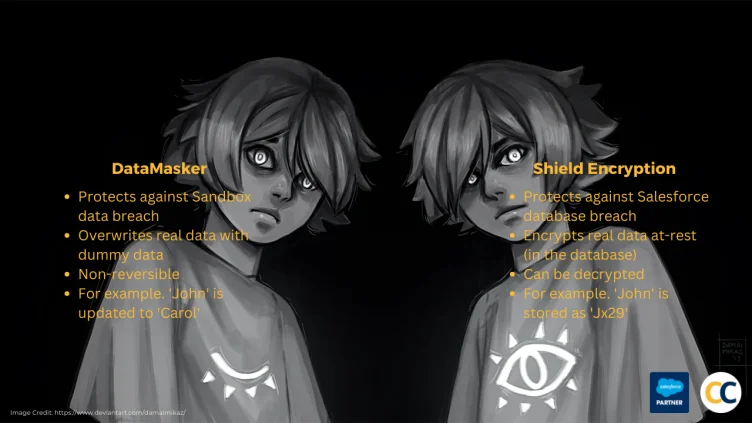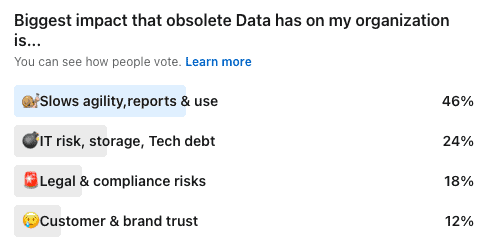
Data Masking vs Data Seeding in Salesforce: Which Approach Actually Protects Your Sensitive Data?
Data masking vs data seeding: Which approach keeps your Salesforce sandbox secure while enabling development teams?
Why should you mask data in Salesforce and what kind of data should you be masking to ensure security, compliance and trust.
Let’s take an example. You may have a policy that states that customer data should not be accessible in sandbox.
Very common if we are doing offshoring working with third party developers and consultants.
You also want to remove unnecessary business sensitive data from sandboxes. And delete and update anything else.
When you think about masking sensitive data, you want to do that across full, partial, developer and developer pro sandboxes.
Personal information is also present in your dev sandboxes because it includes user data.
So if you have 500 Salesforce users, their email address, phone number or anything else, is present in Dev and Dev Pro sandboxes.
Let’s take a look at how this can work across all of these sandboxes you may have. You may have personal data such as customer information.
You may have business sensitive data, such as opportunities, quotes, who do you sell to, how much do you sell it for? And you have other information.
In addition to this, of course you’re full and partial are a treasure trove of customer information in contacts, leads, community users.
You may also have a lot of personally identifiable data in Cases, in Opportunities, Orders and others. This is the information you definitely want to mask.
In addition, you may want to mask business sensitive data such as product and Pricebook, Quotes, Orders, things like that.
Finally, you may want to update setup, config data, such as custom settings, labels and remote site settings.
The second component is to delete unneeded data.
Obviously your Dev and Dev Pro don’t have additional data, but for full and partial, delete unstructured data, attachments, email history, chatter, files, tasks and other irrelevant data.
Particularly for large Salesforce orgs, you are better off masking what needs to be masked for testing, training and other usage. Anything else that you can get rid of by deletion, do that. That’s a much faster approach.
And finally for Dev and Dev Pro, you don’t need to do anything else.
This is just a step one in a data reduction framework. They could look at the link to see other steps you can take to ensure data security in your organization? Thank you so much.
Get the Free Trial of the Data Masker App from AppExchange

Saurabh is an Enterprise Architect and seasoned entrepreneur spearheading a Salesforce security and AI startup with inventive contributions recognized by a patent.

Data masking vs data seeding: Which approach keeps your Salesforce sandbox secure while enabling development teams?

5 key steps to simplify and automate your Salesforce org’s RTBF and data portability requests.

A plain English guide to the latest additions in the California Privacy Rights Act (CPRA) and their implications for Salesforce orgs.

Get a clear understanding of the GDPR’s impact on Salesforce and explores the benefits of automating RTBF and Data Portability.

Because in the realm of data security, especially concerning Salesforce, understanding the holistic approach to data protection is not just beneficial – it’s essential.

Explores how data masking is key to strengthening your Salesforce security.

Table of Contents Salesforce provides businesses with the ability to protect their data from unauthorized access, both through Salesforce Shield Encryption and Sandbox Data Masking with DataMasker.

Disclaimer: To all readers, please note that this not legal advice, nor is this coming from Salesforce. This is strictly my personal opinion and perspective

Marathon runners obsess over their socks and shoes – because to outdo their past performance, they need to take advantage of everything at their disposal.

Reducing Salesforce data footprint directly reduces the cost and risks of potential data leaks and embarrassment, as well as benefits your organization. Here are